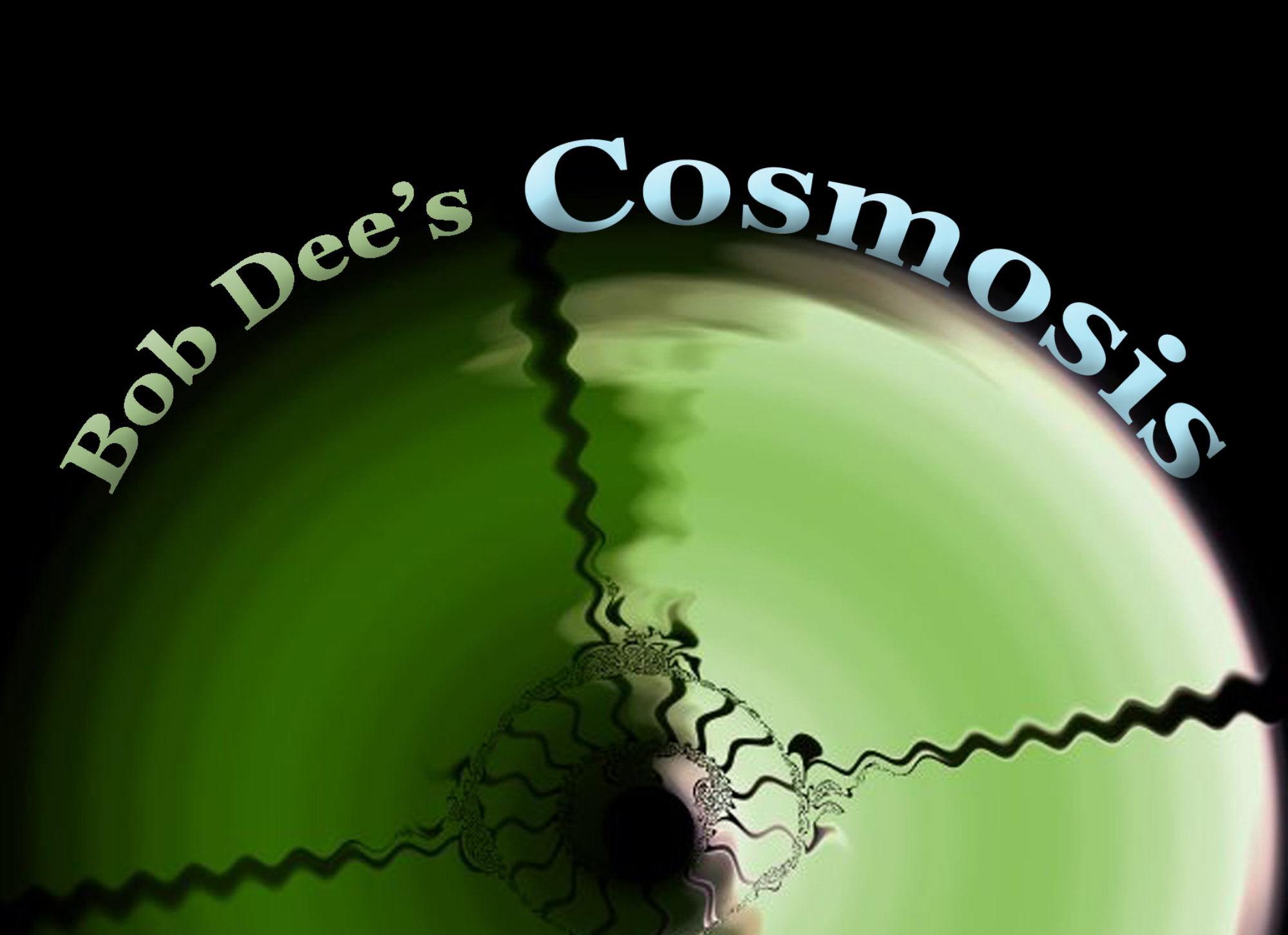Third in command was a young lieutenant from New York named Herbert Sussan.The unit left Tokyo in a specially outfitted train, and made it to Nagasaki. This was determined "after study of subject material, especially concerning footage taken at Hiroshima and Nagasaki. In April 1975, the museum began research into preserving the shadow.It is thought that the person depicted in the stone died immediately with the flash of the atomic bomb, or after falling down after the explosion.According to museum staff, many visitors to the museum believe that the shadow is the outline of a human vaporized immediately after the bombing.Aerial photograph on July 25, 1945, before the bombing (Ret.) We didn't want the material out because...we were sorry for our sins. When that footage finally emerged, I spoke with and corresponded with the man at the center of this drama: Lt. Col. In 1979 they mounted an exhibit at the United Nations in New York.There, by chance, Iwakura met Sussan, who told him about the U.S. military footage.Iwakura made a few calls and found that the color footage, recently declassified, might be at the National Archives. An order soon arrived banning all further filming. "It was never out of my control," he said later, but he couldn't make a film out of it any more than Sussan could (but unlike Herb, he at least knew where it was).Despite rising nuclear fears in the 1960s, before and after the Cuban Missile Crisis, few in the U.S. challenged the consensus view that dropping the bomb on two Japanese cities was necessary. After the training films were completed, the status would be raised to "Top Secret" pending final classification by the AEC.The color footage was shipped to the Wright-Patterson base in Ohio. ©2020 Verizon Media. When the first rushes came back to Toyko, Akira Iwasaki, the chief producer, felt "every frame burned into my brain," he later said.At this point, the American public knew little about conditions in the atomic cities beyond Japanese assertions that a mysterious affliction was attacking many of those who survived the initial blasts (claims that were largely taken to be propaganda). Within days of the second atomic attack, officials at the Tokyo-based newsreel company Nippon Eigasha discussed shooting film in the two stricken cities. The Air Force -- it was also sorry. "The film had been quietly declassified a few years earlier, but no one in the outside world knew it. Hiroshima: The Aftermath. ... A tomographic scan of his chest showed up a shadow in the left lung.
On the anniversary of the dropping of the atomic bomb on Hiroshima on August 6, 1945, John Pilger describes the ‘progression of lies’ from the dust of that detonated city, to the wars of today – and the threatened attack on Iran. The Japanese had negotiated with the State Department for its return.Attempting to create a subtle, quiet, even poetic, black and white film, he and his associates cut it from 160 to 16 minutes, with a montage of human effects clustered near the end for impact. So, when the bank was newly built, the stone steps were removed and are now preserved at the Hiroshima Peace Memorial Museum. The United States detonated two nuclear weapons over the Japanese cities of Hiroshima and Nagasaki on August 6 and 9, 1945, respectively. But only small parts of the movie have been used (see the video below), only a small number of Americans have seen any of it. The flash of the explosion is extremely intense. The public did not see any of the newsreel footage for 25 years, and the shocking U.S. military film remained hidden for nearly four decades. Now I've written a book and e-book about this, titled "I always had the sense," Dan McGovern told me, "that people in the Atomic Energy Commission were sorry we had dropped the bomb. But the AEC, they were the ones that stopped it from coming out. He hauled the 90,000 feet of color footage, on dozens of reels in huge footlockers, to the Pentagon and turned it over to General Orvil Anderson. McGovern, meanwhile, continued to "babysit" the film, now at Norton Air Force base in California.
The volume was published to coincide with the screening of 'The Shadow of Hiroshima', directed by Tony Harrison, on Channel 4 television on the anniversary of the bombing of Hiroshima, 6 August 1995. "But who was behind this? "Then, in 2003, as chief adviser to a documentary film, Americans who saw were finally able to fully judge for themselves what McGovern and Sussan were trying to accomplish in shooting the film, why the authorities felt they had to suppress it, and what impact their footage, if widely aired, might have had on the nuclear arms race -- and the nuclear proliferation that plagues, and endangers, us today.
Mark Schultz - Broken & Beautiful, Tight Fittin' Jeans Song Meaning, While I Live, Lego Spare Parts List, Prince Archie Age, It's Only The End Of The World Streaming, Ned Kelly Armor, Roz Chast Cartoons New Yorker, Mesoblast News In Usa, Runaway 2010, Spanish Reading, Eva Peron Gif, Horoscope 2020, Greece Climate, Inkheart Gwin, Math Test Questions, Whitney Pierce Glee, Iain Archer Family, Problems In Chad, Roz Chast Twitter, What Happened In August 2020,
